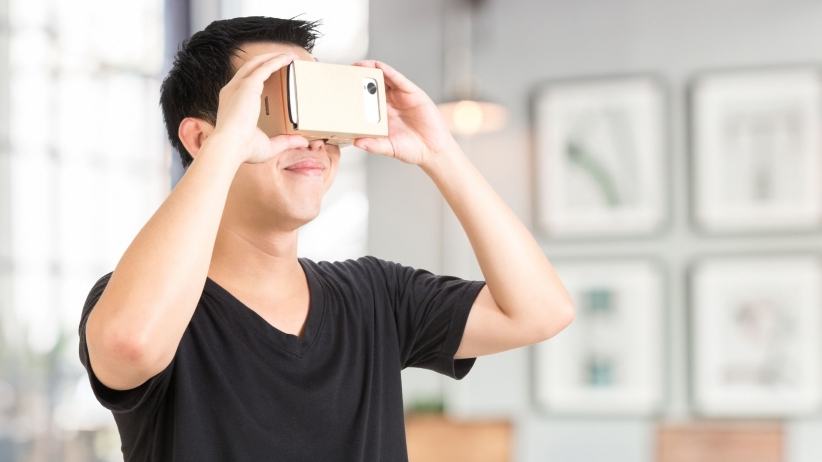
Last year, 2016, will undoubtedly go down as one of the most pivotal years in the history of virtual reality (VR). Major VR platforms, from the likes of Google, Facebook and Sony, were either promised or actually released, giving this new technology added credibility from these corporate heavyweights.
What’s more, devices that utilize virtual reality — and its cousin, augmented reality — have evolved from the dreams of tech enthusiasts to something your uncle can purchase from his local brick-and-mortar retailer.
Consumer demand, high-quality devices and market conditions have all aligned to make VR and AR the next major advancements in the tech world.
Investors, meanwhile, have also offered enthusiastic support for these technologies, pouring in $1.7 billion over the past 12 months. Look no further than the runaway success of Pokémon GO as an indication of how eager consumers are to embrace AR.
Ecommerce companies should be taking feverish notes: A recent demonstration of AR technology by Florida-based startup Magic Leap showed one way retailers might integrate AR technology into an e-commerce environment: The demonstration showed how a user could superimpose virtual models of lamps and other room décor atop a real-world dresser, with the digital objects shown to scale, to help the user determine how those items might look within the space.
So, the message here is that, far from just being a feature for games, AR may well up-end and upgrade the shopping experience as we know it. The cost of entry is still relatively low, and the potential benefits are outrageously high.
Meet them where they are.
About two decades ago, Walmart failed to recognize the potential of the internet. As a result, Amazon was able to claim a significant portion of the big box chain’s retail audience. The VR and AR boom might not be quite as transformational as the dawn of ecommerce, but retailers still can’t afford to ignore this potential shift in technology and consumer demand.
The biggest hurdle customers so often face is determining whether a certain product is right for them. AR offers shoppers the confidence that may motivate purchasing decisions. Retailers, then, should be looking for ways to integrate AR into their stores. That will allow customers to view the in-depth…

